Who was one of modern Russia’s most controversial artists?
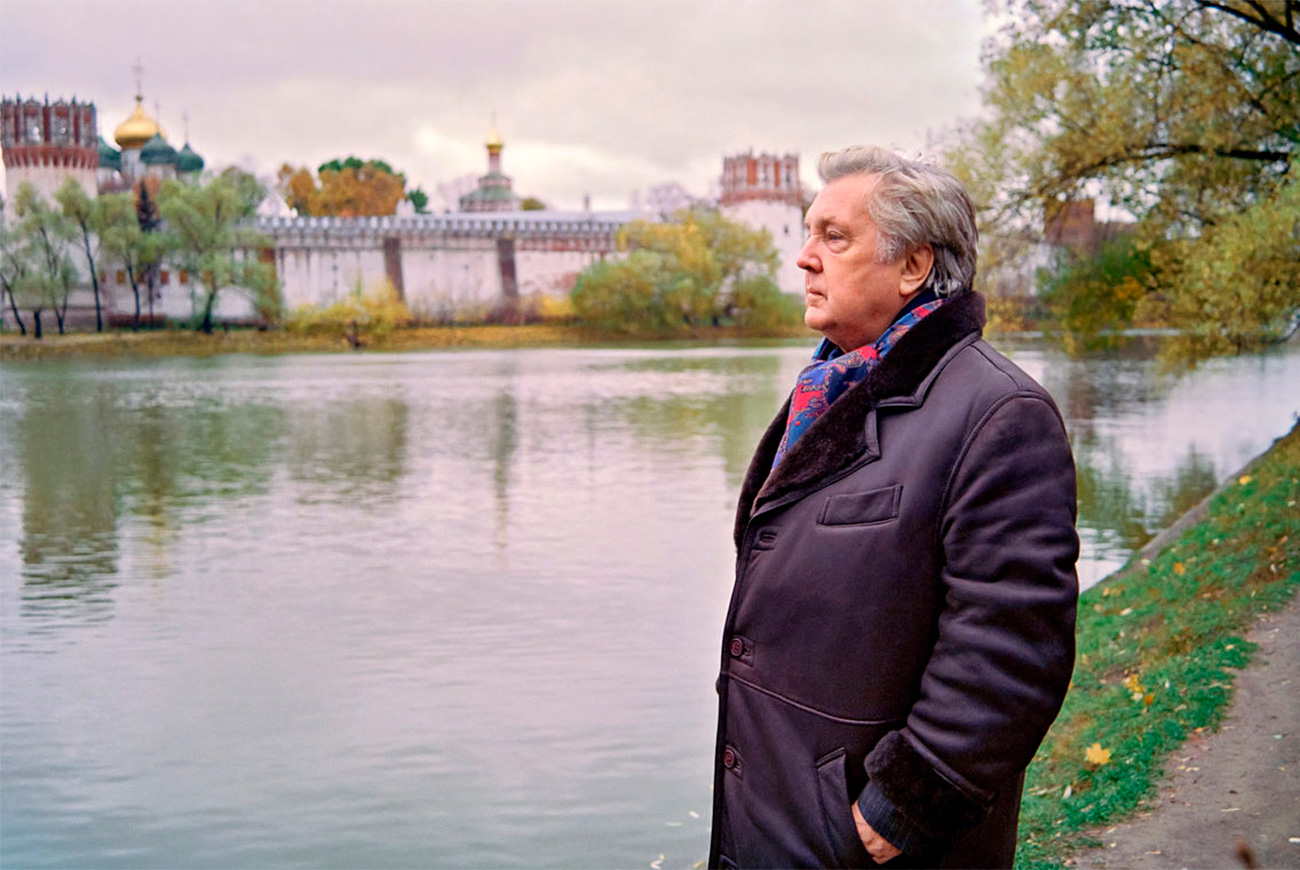
Born in Leningrad (St. Petersburg) in 1930, and the only survivor in his family of the Nazi siege of the city, Ilya Glazunov emerged as a star during the perestroika years with his haunting and patriotic paintings.
Moscow State Art Gallery of the People's Artist of the USSR Ilya Glazunov
An author of more than 3,000 artworks, he was the founder and rector of his Academy of Painting, Sculpture, and Architecture, and also held the title of People’s Artist of the Soviet Union (1980). He was was a laureate of numerous Russian and foreign honors.
Moscow State Art Gallery of the People's Artist of the USSR Ilya Glazunov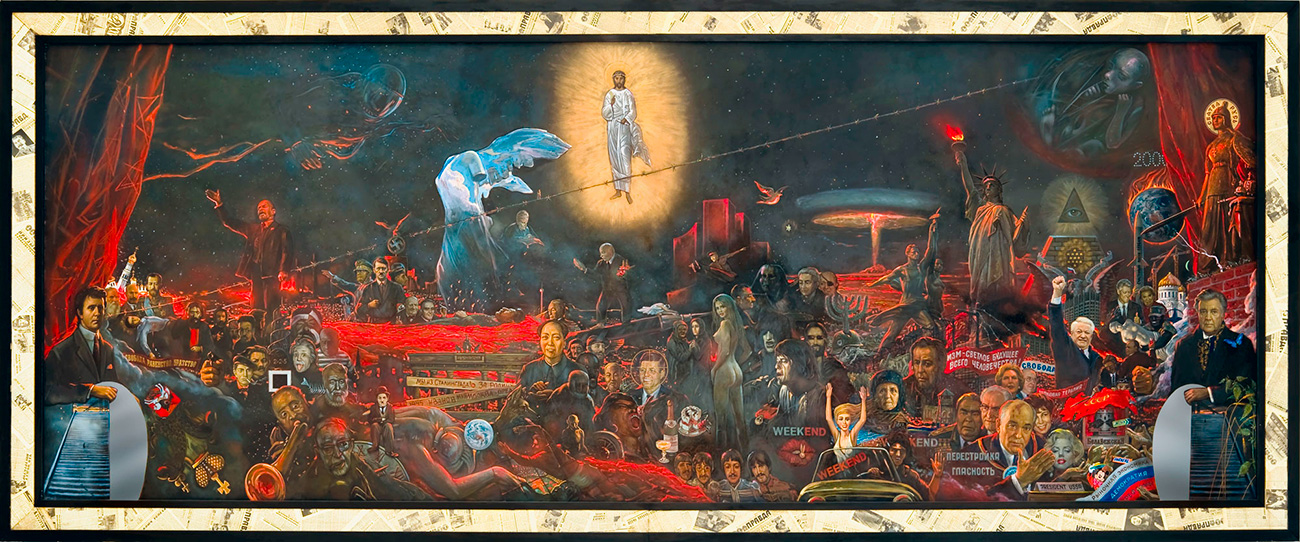
Glazunov was often surrounded by gossip and scandal, which only increased interest in his paintings. While admirers argued that he was the greatest Russian artist of the century, critics pointed to the insatiable pathos, historical mistakes and unorthodox flat technique of his works.
Moscow State Art Gallery of the People's Artist of the USSR Ilya Glazunov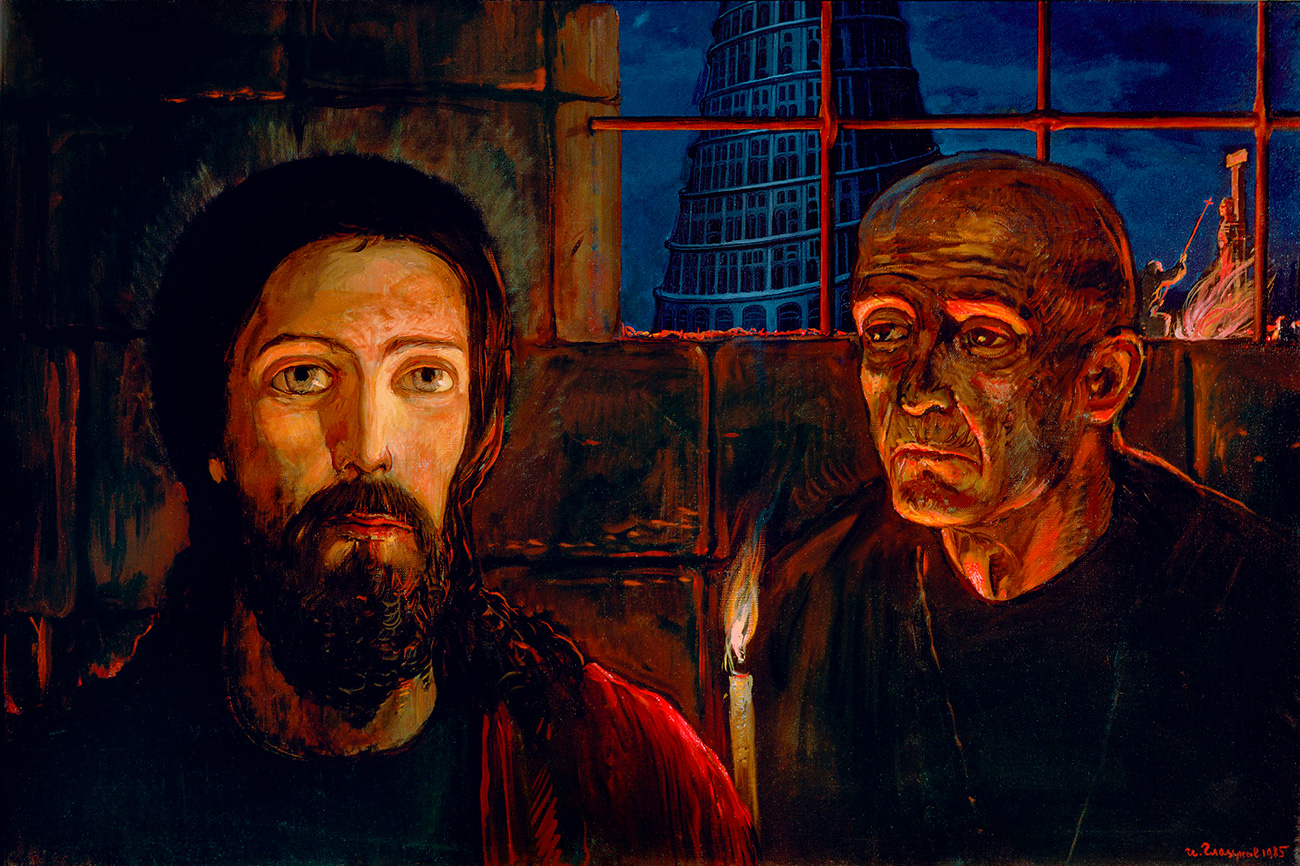
Apart from monumental paintings, Glazunov was also famous for illustrating the writings of Fedor Dostoevsky. This is one of the highlights of his art, and he was the only artist who created illustrations for all Dostoevsky’s works.
Moscow State Art Gallery of the People's Artist of the USSR Ilya Glazunov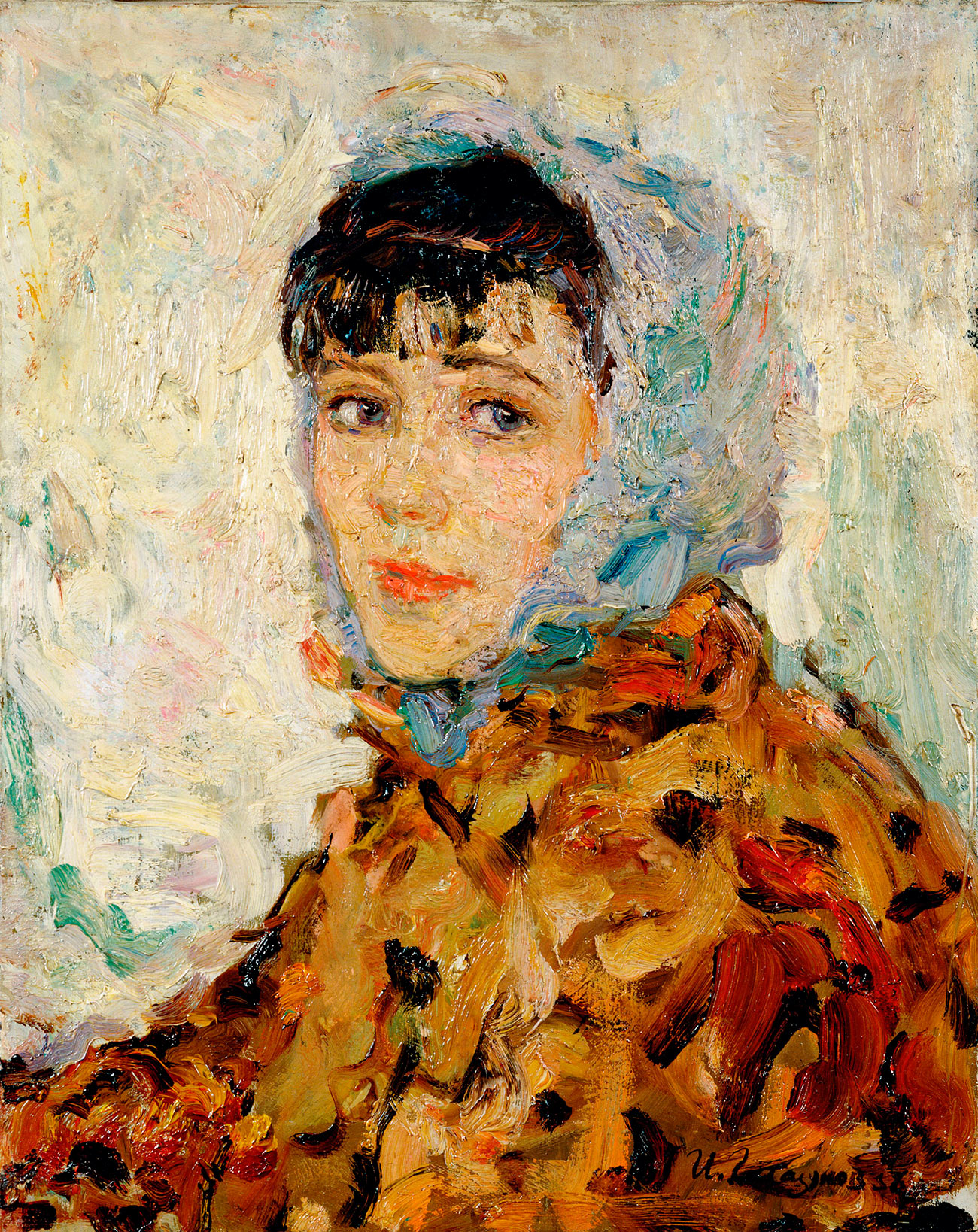
A person that Glazunov loved to paint the most was his wife. He was married to Nina Vinogradova-Benois, a member of Russia’s famous Benois family and a talented costume artist who sacrificed her own career to serve the genius of Glazunov. She not only donated her blood when the family was going through difficult times, but put up with the amorous character of her artistic and emotional husband who had many love affairs.
Moscow State Art Gallery of the People's Artist of the USSR Ilya Glazunov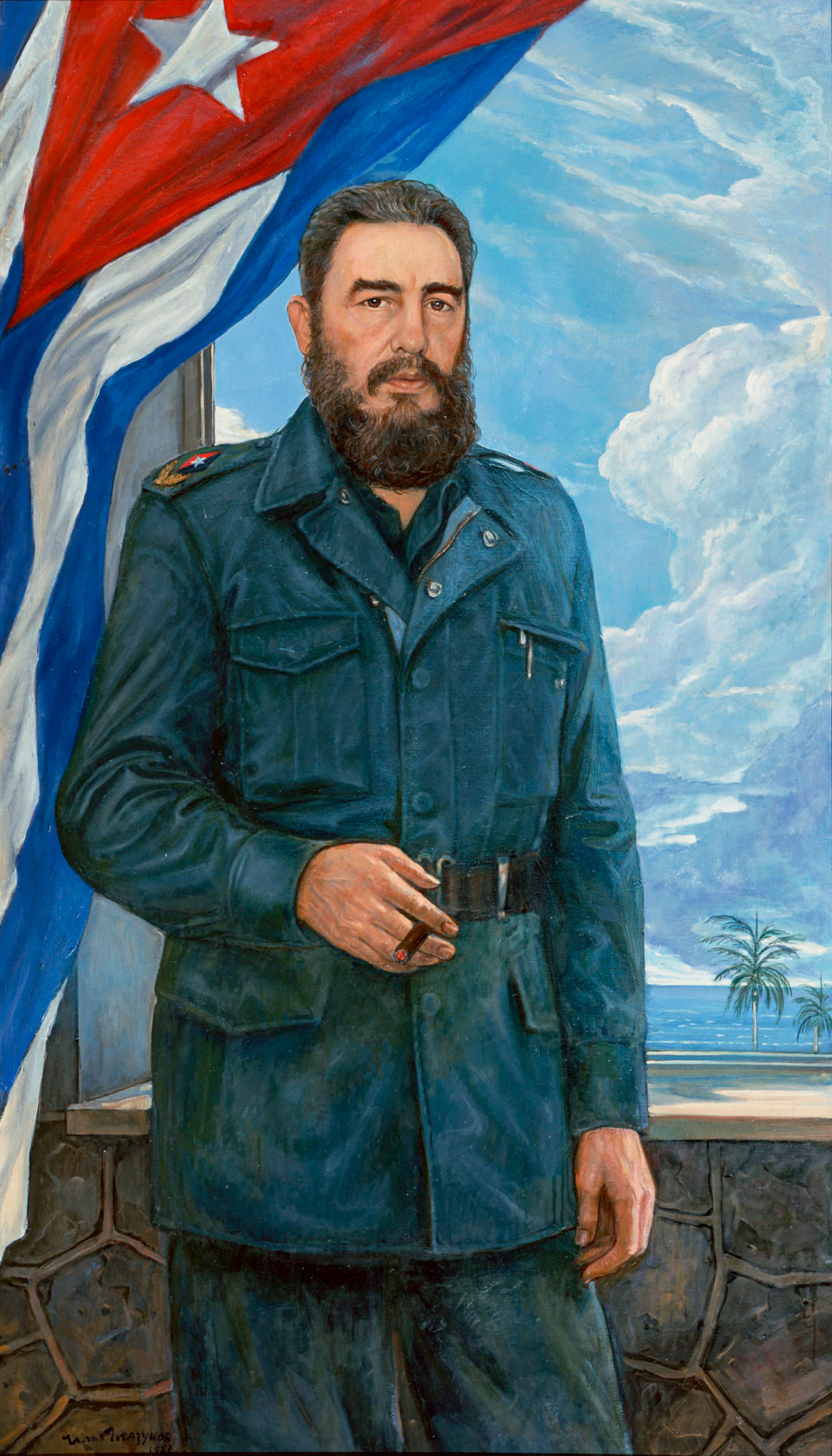
Glazunov painted many prominent Soviet and foreign socialist leaders, from Cuban leader Fidel Castro…
Moscow State Art Gallery of the People's Artist of the USSR Ilya Glazunov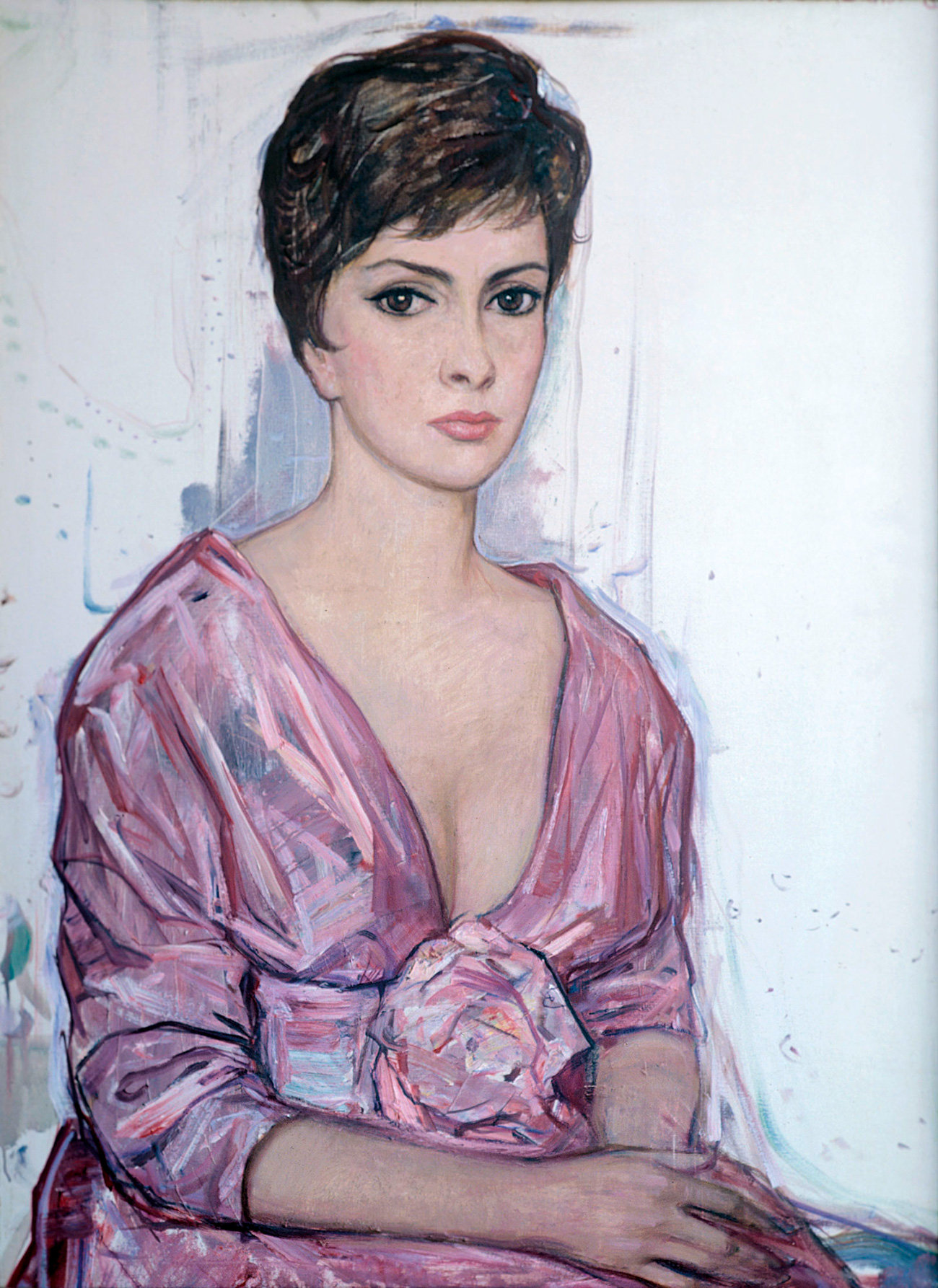
He painted portraits of many famous and beautiful women and some of them, such as Italian actress Gina Lollobrigida, couldn’t resist a charming young painter. In 1961, they met in Moscow and two years later he visited her in Rome. Glazunov himself admitted that he couldn’t resist female beauty, but pointed out that his romantic affairs were nothing compared to his love for his one and only Nina. Tragically, in 1986 she jumped out of a window and it is not known to this day what prompted her. Glazunov could never accept that it was a suicide.
Moscow State Art Gallery of the People's Artist of the USSR Ilya Glazunov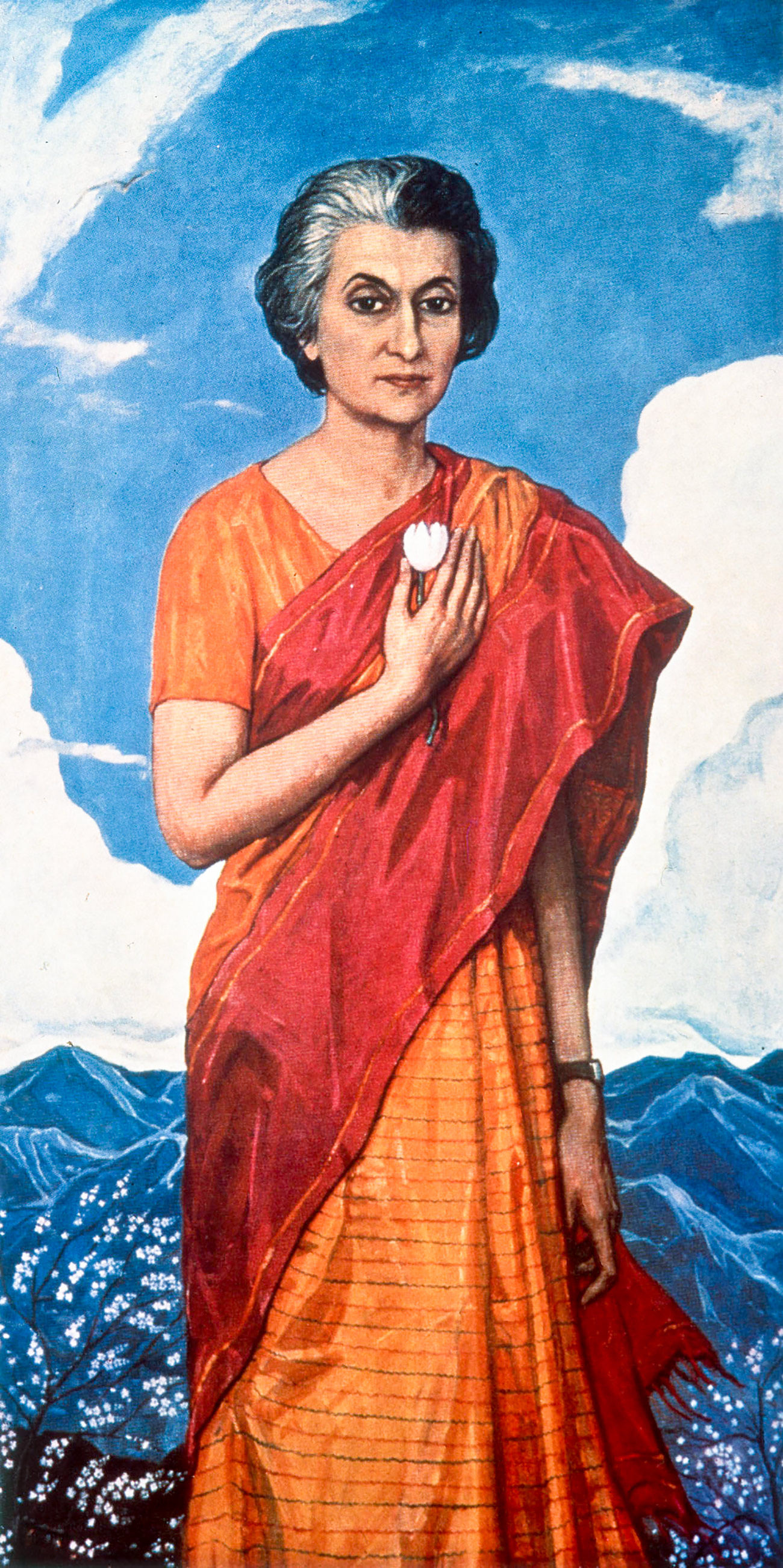
… to Indian Prime Minister Indira Gandhi.
Moscow State Art Gallery of the People's Artist of the USSR Ilya Glazunov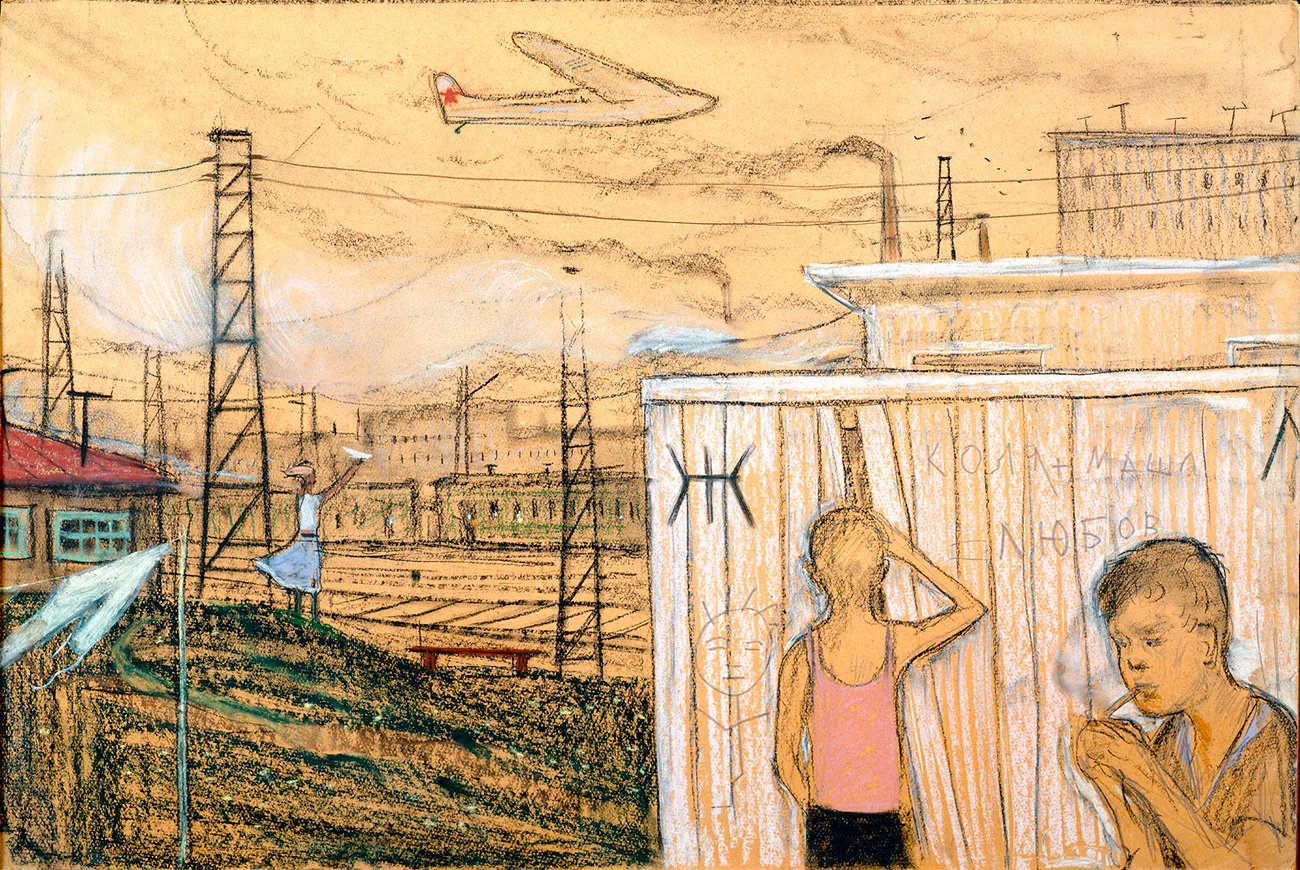
Glazunov sensed the changes in public mood in the 1960s – a general dissatisfaction with the overall situation and nostalgia for the traditions that existed before.
Moscow State Art Gallery of the People's Artist of the USSR Ilya Glazunov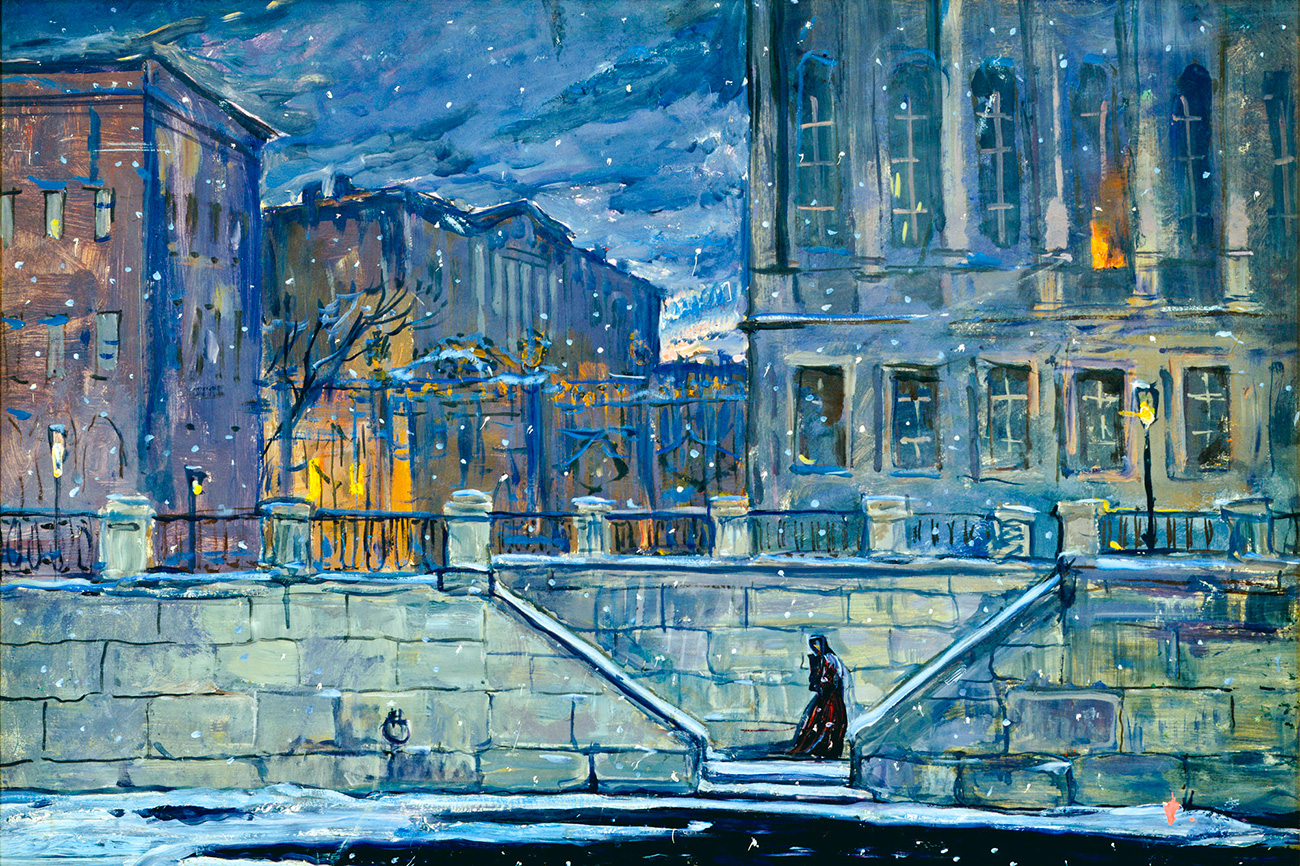
“Glazunov readily used the political situation, but never wanted to disappear in it,” Borovsky argues. He didn’t represent history itself in his works, but the attitudes and beliefs of his generation regarding particular historic moments.
Moscow State Art Gallery of the People's Artist of the USSR Ilya Glazunov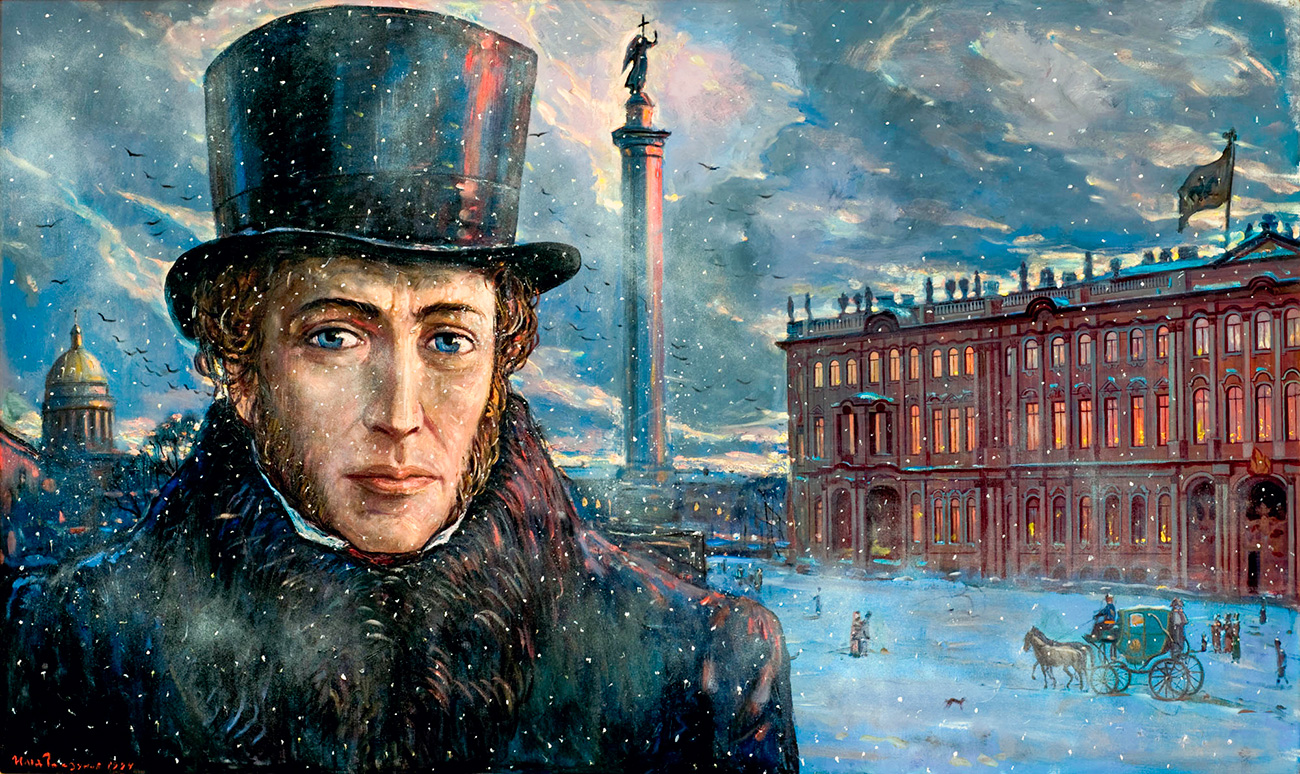
Glazunov expressed his views on Russian history, culture and the country’s future in his last book, “Russia Crucified.” In one interview, he said that with this book he wanted to retell the true history of Russia because the current version accepted by society has many misinterpretations. “Today we need to go back to our roots. A nation that doesn’t know its history, does not have a future,” he believed.
Moscow State Art Gallery of the People's Artist of the USSR Ilya Glazunov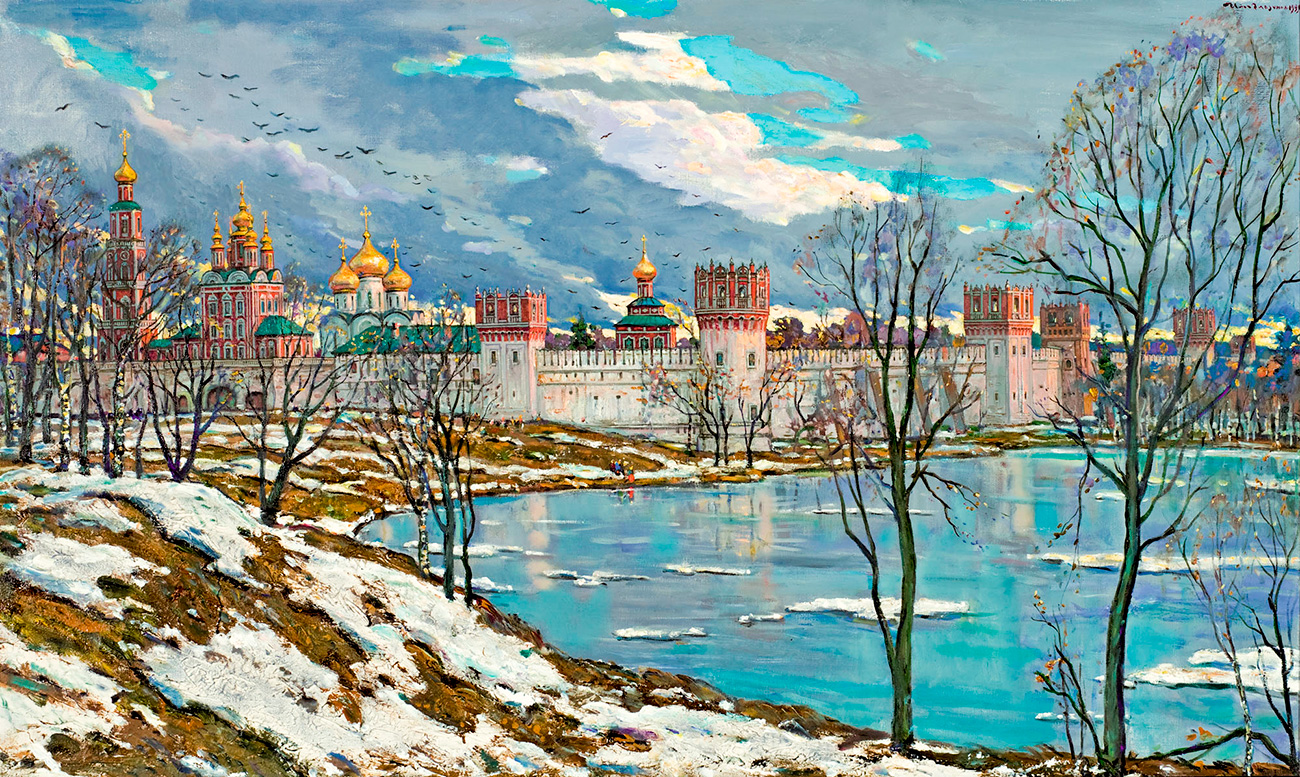
The elite and the public slowly became aware that the Soviet experiment was unlikely to work and were trying to find a way out with the help of history. Glazunov could sense this trend and he showed it in his art.
Moscow State Art Gallery of the People's Artist of the USSR Ilya Glazunov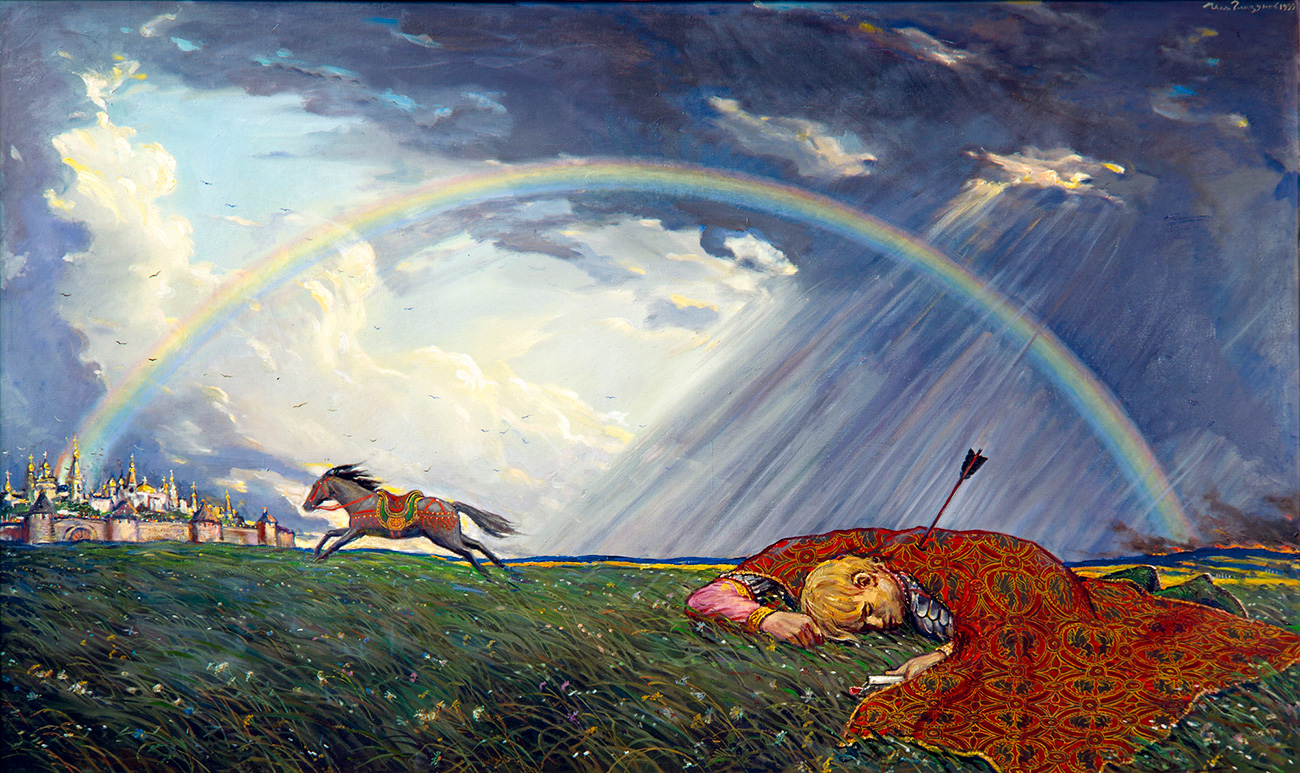
What is certain is that he stood out among artists of his era as a painter who recognized something that touched a nerve with the public and the ruling elite, and he was able to use this to his advantage.
Moscow State Art Gallery of the People's Artist of the USSR Ilya Glazunov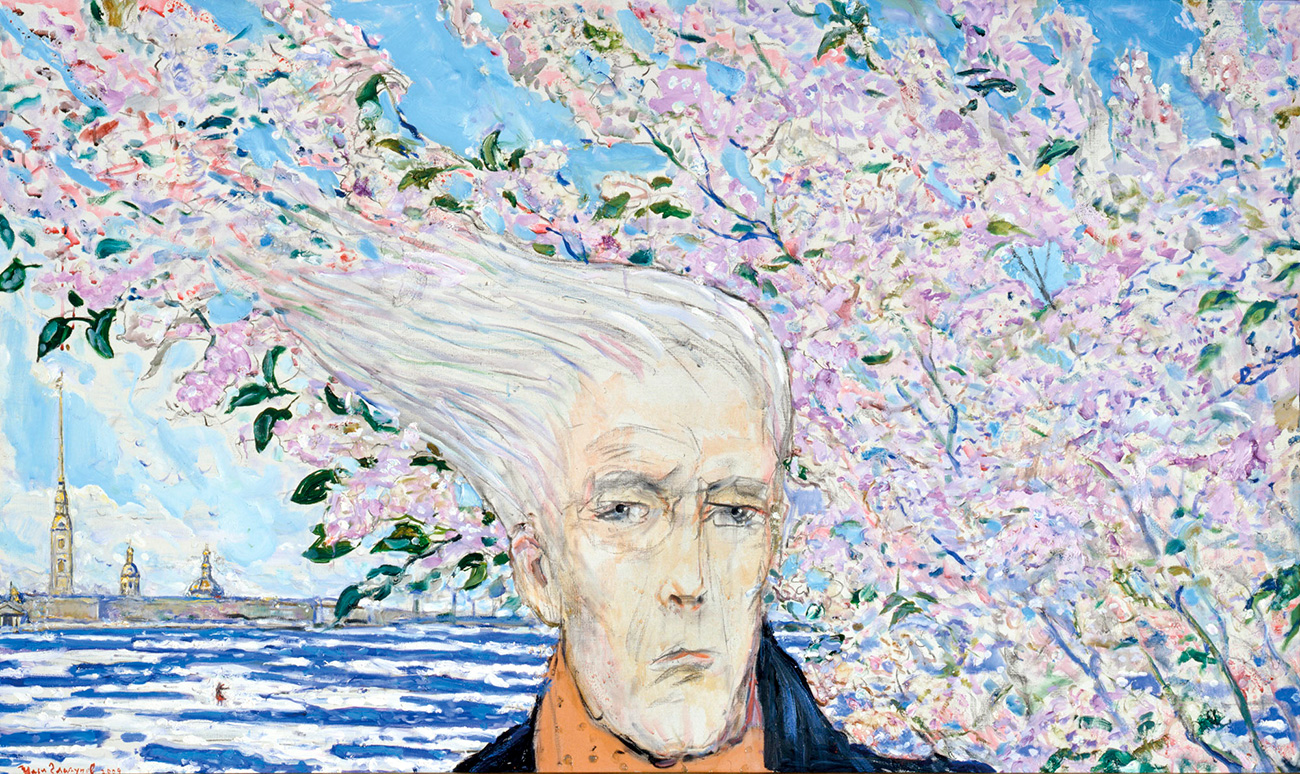
In the late 1990s, after the collapse of the Soviet Union, he sensed another public mood: this time it was not only history, but also a competition between “us” and “them.” According to Alexander Borovsky, art historian and head of the department of contemporary art at the State Russian Museum in St. Petersburg, Glazunov for the first time dared to depict contemporary history and his attitude toward some political figures.
Moscow State Art Gallery of the People's Artist of the USSR Ilya GlazunovSubscribe
to our newsletter!
Get the week's best stories straight to your inbox